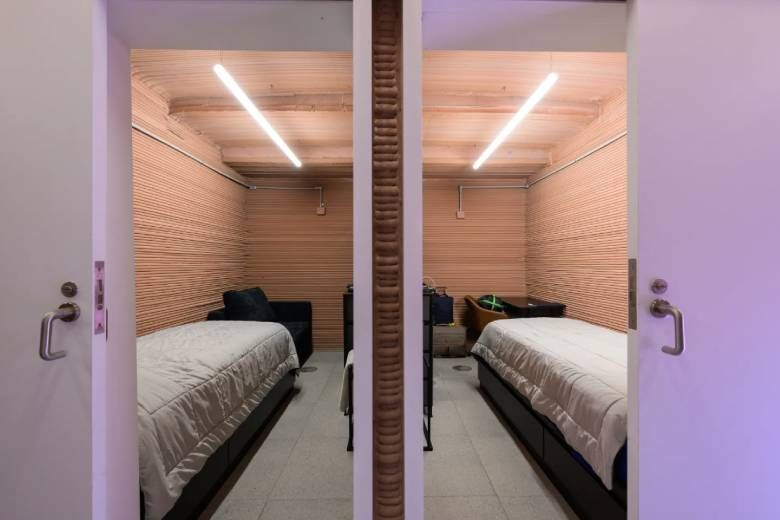
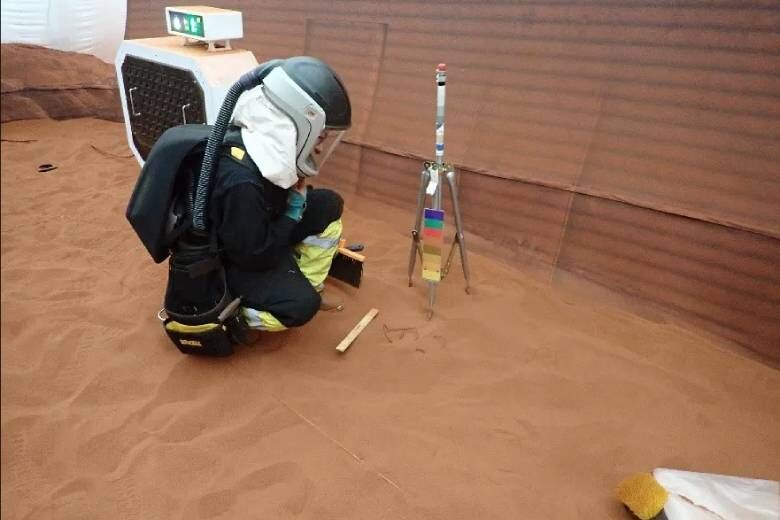
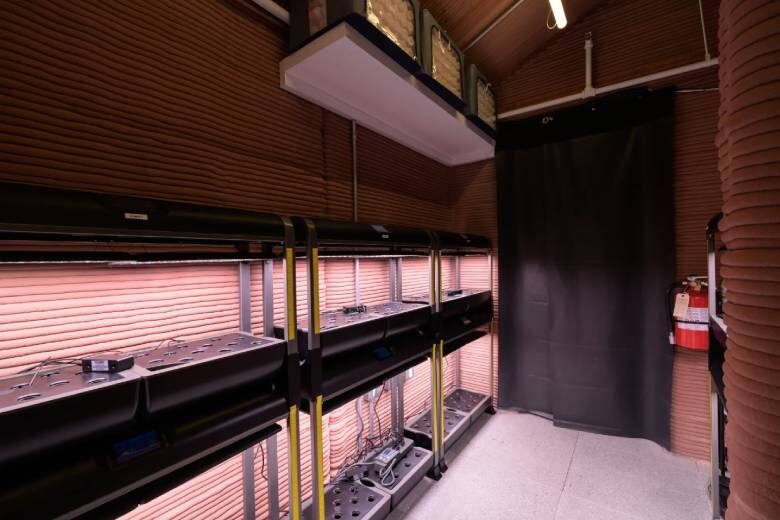

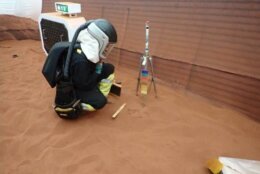
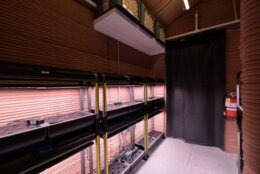
NASA is looking for four volunteers to spend a year living in conditions that simulate living on Mars.
This will be the second crew for the ground-based Crew Health and Performance Exploration Analog, or CHAPEA, and the bar is set high for the volunteers that get selected.
It is also no walk in the park. The volunteers will be confined to living inside a 1,700-square-foot 3D-printed habitat at NASA’s Johnson Space Center in Houston. The habitat, called the Mars Dune Alpha, simulates what would be real-life challenges for any crew stationed on Mars, including limited resources, equipment failures and communication delays.
Crew tasks include simulated spacewalks, operating robots, maintaining the habitat, exercise and growing crops for food.
Applicants must be healthy, U.S. citizens or permanent residents who are nonsmokers, between the ages of 30 to 55, and must be proficient in English.
“Applicants should have a strong desire for unique, rewarding adventures and interest in contributing to NASA’s work to prepare for the first human journey to Mars,” a NASA statement said.
There are strong educational requirements as well, including a master’s degree in a STEM-related field, two years of professional STEM experience or a minimum of 100,000 hours of piloting an aircraft.
Applicants who’ve competed two years of work toward a doctoral program in STEM, a completed medical degree, or a test pilot program will also be considered, as will those who have completed military officer training.
NASA said compensation for those chosen is available, but that information is provided during the candidate screening process. The application deadline is April 2.
The first CHAPEA crew is now more than halfway through their mission, reaching day 200 on Jan. 11. Among their accomplishments have been growing tomatoes, peppers and leafy greens, and participating in several simulated Mars walks.
Here is a video of the construction of the Mars Dune Alpha:
Get breaking news and daily headlines delivered to your email inbox by signing up here.
© 2024 WTOP. All Rights Reserved. This website is not intended for users located within the European Economic Area.








